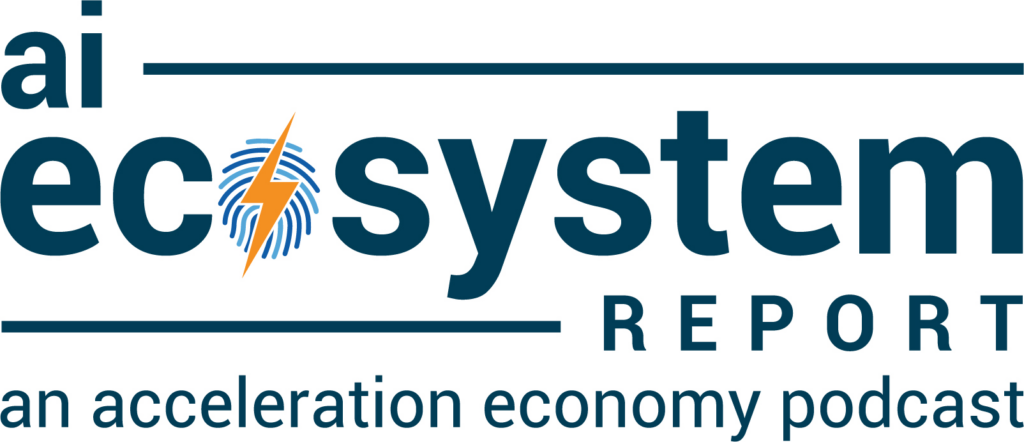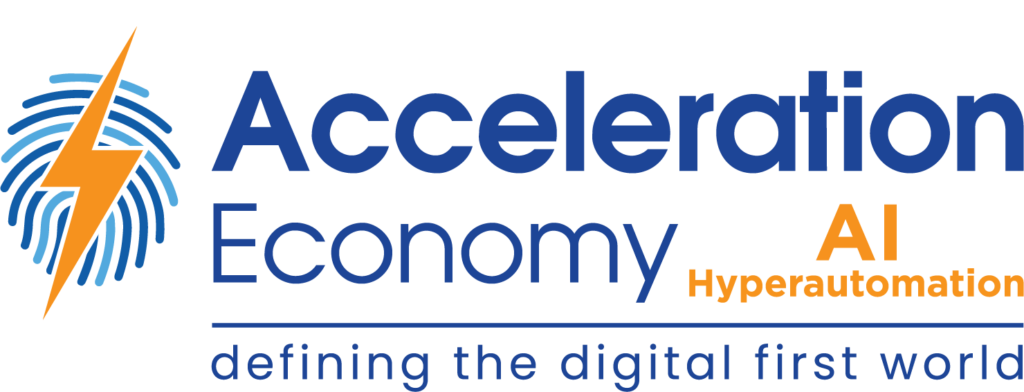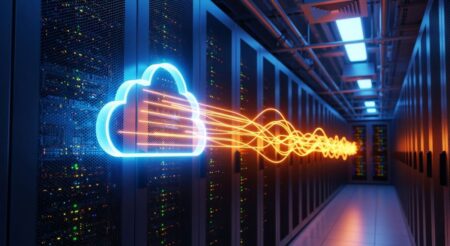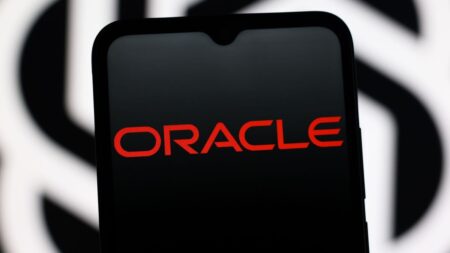The bygone era of “artificial” robots taking over as seen in sci-fi movies is still a prevalent fear today. However, AI-infused cloud technology and neural networks have worked their way into our everyday life, and we don’t give it a second thought. So, why this contradiction?
Two Sides of the Same Coin
In the United States, heart disease is the leading cause of death with one person dying every 36 seconds. The news of heart-related deaths doesn’t make the news unless is it someone famous.
However, the topic of heart disease did hit the headlines for a remarkable breakthrough. The NHS just rolled out a new AI tool “which can detect heart disease in just 20 seconds while patients are in an MRI scanner.” This artificial intelligence tool outperformed three clinicians and would take a doctor 13 minutes or more to manually analyze.
When it comes to the betterment of humans, we are all in agreement that this is something needed, and AI is seen as a life-saving technology.
On the flip side, AI can get down-right scary at times – which is the reason many AI companies have instituted Ethical AI standards. These standards are meant to preserve our humanity but take into account the need to foster a “humans + AI” mindset.
We haven’t reached Artificial General Intelligence…yet, but there are people hard at work to put this in place. This is why it’s important to build a proper foundation now.
The People Bringing (Artificial) Life to AI
Do you recall the last time you used artificial intelligence? No? You probably used it today. Don’t believe me?
- Apple iPhones use AI as part of the FaceID feature, and AirPods, among other Apple devices, use AI to enable the smart assistant, Siri.
- Amazon probably knows your shopping habits, likes, and dislikes better than you do. When you ask Alexa to order your favorite coffee, do you know what you are going to get? Yes, you do, and so does Amazon.
- Meta / Facebook uses AI to understand the text you type and can then interpret the content and emotional sentiment – and does this across thousands of posts per second.
- Microsoft uses AI across its Microsoft 365 suite for business applications. One example is that the next few words of text will be suggested to you to help with writing. Also, AI is used to help correct grammar and sentence structure.
Now that you are aware of how much AI has permeated your everyday life. It still takes humans to make AI happen. So, who are some of the people behind this technology?
- Software developers – The outcry for a long time was that advanced technology would take over many software developer jobs. However, it has only increased as new types of development are needed to accommodate the new technology being created.
- Data Analysts / Big Data Specialists – Approximately 64 zettabytes* of data were created in 2020 and only 2% was retained into 2021. Further, it’s estimated that the data growth will hit 175 zettabytes by 2025. We are awash in data and need people to wrangle it into something tangible and insightful.
- * For context, a zettabyte is enough storage for 30 billion 4K movies
- AI and Machine Learning Specialists – Since machines are not sentient beings, humans are needed to train the machines with vast amounts of data. Further, once the AI/ML has “learned”, the models will need to be deployed for use across many different industries.
- Information Security Specialists – Drowning in data is one thing, but securing the data is another thing altogether. This requires cybersecurity specialists – CISO, Pen Testers, Security Engineers, and more – that are always up to date on the latest threat tools to mitigate cyber risks that are frequently infused with AI bots to create real havoc.
According to the World Economic Forum’s “Future of Jobs 2020 Report”, these jobs are in the top 20 with increasing demand.
Final Thoughts
Across the decades, we have seen many types of jobs go by the wayside. However, with each new technology innovation, new jobs were created. With the continued growth and demand for AI, people will be needed and be a crucial part of how AI is defined for the next century.
Right now, is the time to decide if you are upskilling and preparing for the future. AI is here whether you like it or not, but its future is dependent on what you make of it.
But, remember this, amid the vast ecosystem of AI technology, it’s important to stay real, and stay you.
Looking for real-world insights into artificial intelligence and hyperautomation? Subscribe to the AI and Hyperautomation channel:









